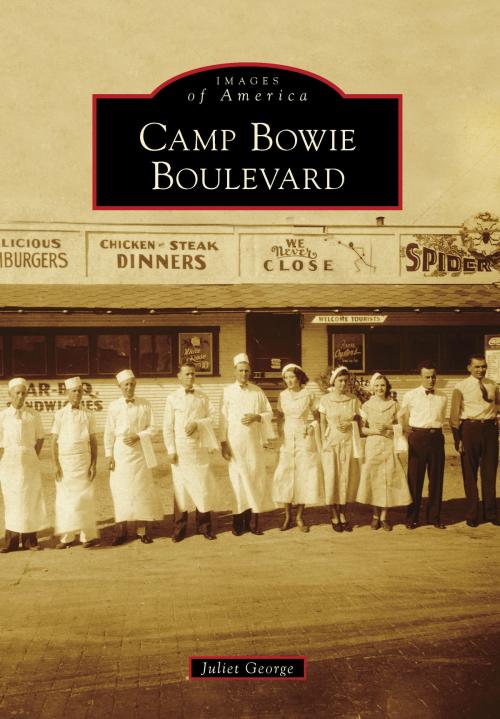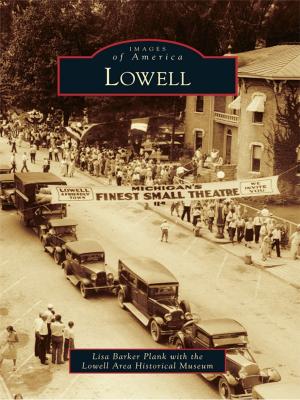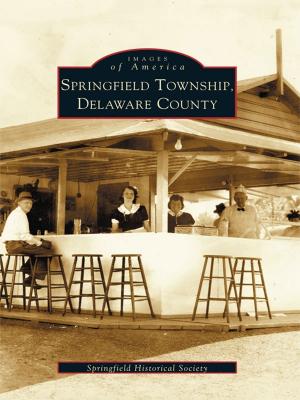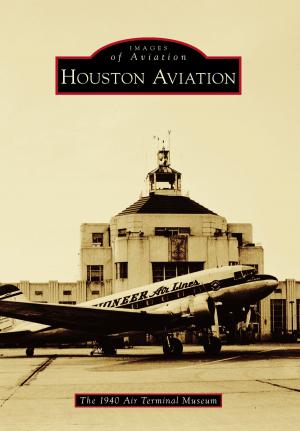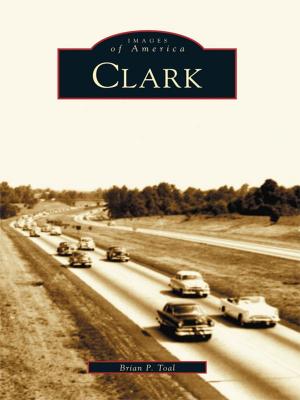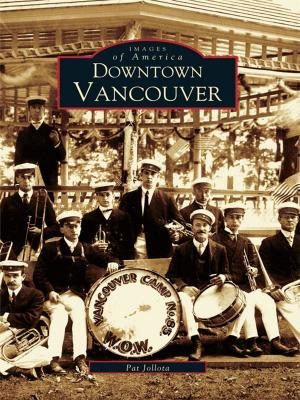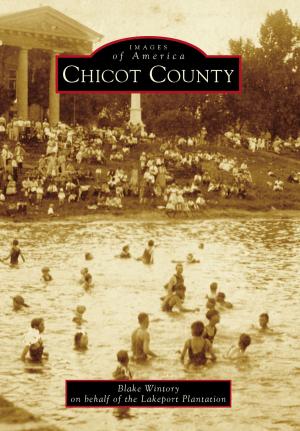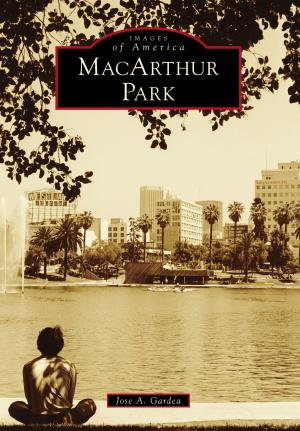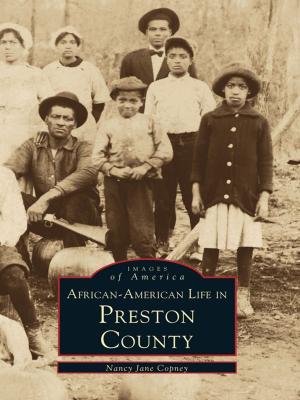Camp Bowie Boulevard
Nonfiction, Art & Architecture, Photography, Pictorials, Travel, Lodging & Restaurant Guides| Author: | Juliet George | ISBN: | 9781439643990 |
| Publisher: | Arcadia Publishing Inc. | Publication: | September 16, 2013 |
| Imprint: | Arcadia Publishing | Language: | English |
| Author: | Juliet George |
| ISBN: | 9781439643990 |
| Publisher: | Arcadia Publishing Inc. |
| Publication: | September 16, 2013 |
| Imprint: | Arcadia Publishing |
| Language: | English |
In the early 1890s, Humphrey Barker Chamberlin installed a lifeline to his namesake suburb west of the city. A trolley connected to Arlington Heights Boulevard at the Trinity River�s Clear Fork and chugged across prairie land to reach Chamberlin Arlington Heights. Camp Bowie, a soldiers� city, sprawled over both sides of the road from 1917 until 1919. At the Great War�s end, the stretch west of present-day University Drive became the commemorative Camp Bowie Boulevard. The 1920s brought twin ribbons of cordovan-colored brick pavement, the prestige of inclusion in the Bankhead Highway network, and westering developers of another elite village: Ridglea. Midway through the Great Depression, the Will Rogers complex arose on a farm tract, visible from the thoroughfare, to host Texas Centennial celebrations and a special livestock exposition. Museums began claiming adjacent space in the 1950s. By the second decade of the 21st century, Camp Bowie Boulevard bisected a built environment both modern and historic.
In the early 1890s, Humphrey Barker Chamberlin installed a lifeline to his namesake suburb west of the city. A trolley connected to Arlington Heights Boulevard at the Trinity River�s Clear Fork and chugged across prairie land to reach Chamberlin Arlington Heights. Camp Bowie, a soldiers� city, sprawled over both sides of the road from 1917 until 1919. At the Great War�s end, the stretch west of present-day University Drive became the commemorative Camp Bowie Boulevard. The 1920s brought twin ribbons of cordovan-colored brick pavement, the prestige of inclusion in the Bankhead Highway network, and westering developers of another elite village: Ridglea. Midway through the Great Depression, the Will Rogers complex arose on a farm tract, visible from the thoroughfare, to host Texas Centennial celebrations and a special livestock exposition. Museums began claiming adjacent space in the 1950s. By the second decade of the 21st century, Camp Bowie Boulevard bisected a built environment both modern and historic.
